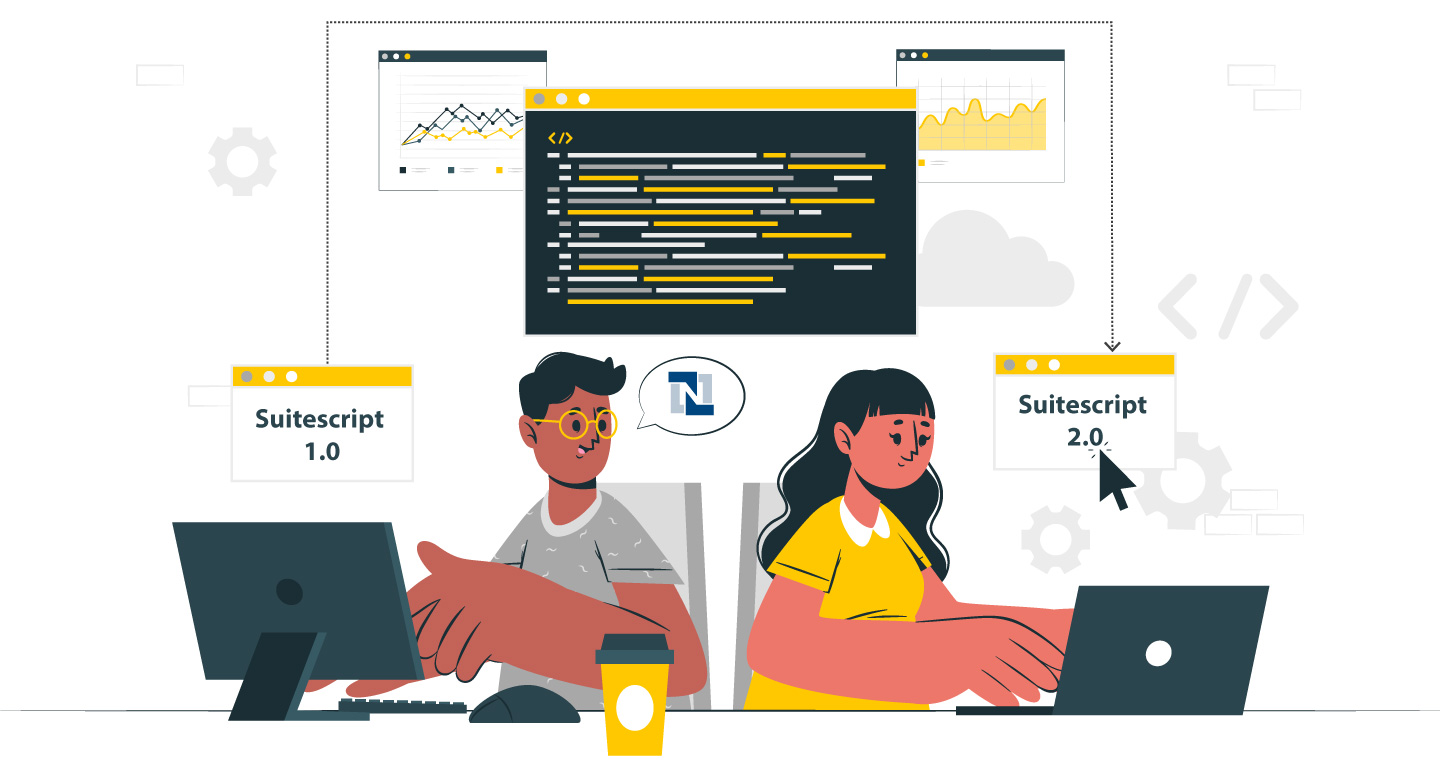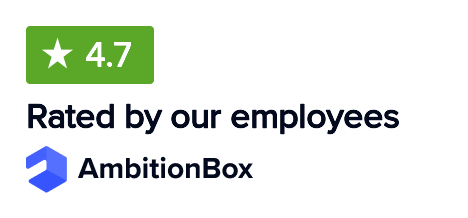In 2025, the world is experiencing a very complex and volatile supply chain environment. In fact, global disruptions and rapidly evolving consumer demands continue to reshape the current supply chain. As a result, a responsive and data-driven inventory strategy has become critical. That’s why companies are turning towards smart cloud ERP solutions to remain competitive and resilient.
NetSuite is helping companies thrive in the face of volatility by providing a centralized platform that streamlines tracking, improves forecasting, and facilitates accurate delivery. Out of the broader scope, NetSuite Inventory Management is proving to be a game-changer. Let’s explore the current supply chain challenges and the NetSuite Inventory features that help businesses navigate these challenges.
Top 5 Supply Chain Challenges
Despite post-pandemic recovery and technology developments, supply chains remain volatile in 2025. Although Australian and other international businesses are adjusting quickly, several persistent challenges test their operational resilience. The following are the top supply chain challenges-
1. Inventory Inaccuracy Across Multiple Locations
With increasingly distributed warehouses or retail stores, inventory is usually a challenge to manage. In fact, stockouts and overstocking due to inaccurate counts always remain a problem in many companies. As a result, a lack of inventory visibility leads to reactive operations instead of proactive ones, resulting in lost sales and customer dissatisfaction.
2. Fluctuating Demand and Unpredictable Buying Patterns
Consumer behavior has never been more dynamic than in 2025. The change in market patterns, seasonal fluctuations, and sudden rises add a layer of difficulty in the traditional method of estimating inventory. Thereby, inaccurate demand planning leads to excess stock or missed sales opportunities. Both scenarios directly impact profitability.
3. Rising Warehousing and Transportation Costs
Escalating fuel prices, increased labor expenses, and soaring warehousing costs, especially in labour-intensive hubs like Sydney and Melbourne, have intensified cost pressures on Australian businesses. Inefficient storage of unsold goods and misrouted deliveries further drive up operational overheads for making inventory cost control a critical priority.
4. Supplier Delays and Lead Time Variability
Delays in the manufacturing or shipping of products by offshore suppliers are a significant pain point even in the diversified supplier networks. Procurement schedules are still being impacted by global disruptions such as geopolitical tension and weather-related delays. In fact, the absence of reliable supplier performance data multiplies the problem.
5. Limited Visibility
Inventory management remains ineffective as many businesses are still using spreadsheets or silo-based systems. Without centralized visibility, warehouse, finance, and procurement teams operate in disconnected environments. All this results in duplications, inefficient reporting, and slow order fulfillments.
Top 5 NetSuite Advanced Inventory Features Addressing the Challenges
Today’s modern, cloud-based ERP platform is equipped with robust inventory tools designed to meet evolving supply chain needs. In fact, these NetSuite Advanced Inventory features empower Australian businesses to enhance visibility, automation, and adaptability, turning core challenges into competitive advantages.
1. Real-Time Inventory Visibility with NetSuite Inventory Dashboard
To address the issue of inventory inaccuracy, NetSuite inventory management provides a real-time Item 360 Dashboard, consolidating stock across all locations and supporting lot, serial, bin, or location tracking. This will give the supervisors a live view of goods stored in a warehouse or retail store, or moving between locations, in a centralized way. This enables accurate stock representation across the entire network.
Further such real-time information supports smarter purchasing decisions, prevents overstocking, and identifies disparities early. Therefore, this capability is essential for coordinating sales and warehouse activities, particularly for businesses with operations across multiple states.
2. Demand-Based Replenishment and Predictive Planning
NetSuite’s advanced inventory features include the Advanced Inventory Management (AIM) module which enables automated demand planning based on historical sales, seasonality, lead time, and other factors to combat unpredictable buying patterns. Such a system uses dynamic reorder points and safety stock levels to avoid stockouts or excess inventory.
Additionally, in-built analytics help estimate the minimum and maximum safety stocks based on turnover and lead times. This enables companies to adapt quickly to shifts in consumer behavior and adjust inventory cycles according to real-time market trends.
3. Smart Order Management and Fulfillment Rules
To handle growing logistics expenditures, NetSuite’s multi‑location fulfillment and advanced order management features allow predefined order allocation and fulfillment strategies. This ensures that orders are fulfilled from the most economical location. As a result, it minimizes split shipments, optimizes picking routes, and reduces shipping charges.
Moreover, the platform enables real-time, on-demand access to stock availability across fulfillment networks. Not only this but it also includes mobile warehouse scanning and smart count to provide support for faster order picking and real-time inventory updates. All this allows merchants to reduce overhead costs, enabling them to support service levels even during peak seasons.
4. Supplier Management and Procurement Automation
NetSuite warehouse management integrates with procurement and supply chain data to track vendor performance metrics such as on-time delivery and lead-time consistency. Further, new enhancements support landed cost tracking, enabling better cost allocation across items based on freight, customs, and handling charges.
Additionally, real-time inventory levels can be linked to auto purchase orders. This will lower manual processing time, reduce response delays during shortages, and ensure supplier-related risks are monitored proactively.
5. Centralized Cloud Access and Workflow Automation
NetSuite provides end-to-end automation through its integrated inventory workflow, a key approach that addresses disconnected processes. All employees in different departments, such as procurement, finance, and operations, can access a shared system. Such transparency improves teamwork, speeds up workflows, and reduces errors caused by manual data entry.
Moreover, Australian companies are facilitating critical operations such as stock transfers, cycle counting via Smart Count, and sales order fulfillments by using NetSuite’s advanced inventory management features. Therefore, the customizable workflow automates and standardizes the tasks to significantly reduce delays and errors.

Conclusion
In 2025, navigating unpredictable supply chains requires modern, intelligent solutions. With NetSuite inventory management, Australian businesses are building proactive strategies that align with today’s dynamic environment. In fact, NetSuite optimizes every link in your supply chain from automated fulfillment and predictive planning to mobile scanning and supplier tracking. Its scalable and cloud-based architecture empowers companies with resilience, agility, and long-term profitability.
Ready to streamline your inventory operations with confidence?
Your trusted NetSuite Consultant in Australia , i.e., VNMT Solutions delivers tailored solutions, seamless customization, and expert implementation to keep your business ahead of the curve.
Follow us on LinkedIn for expert insights on NetSuite inventory solutions, supply chain strategies, and real-world success stories in Australia.
















